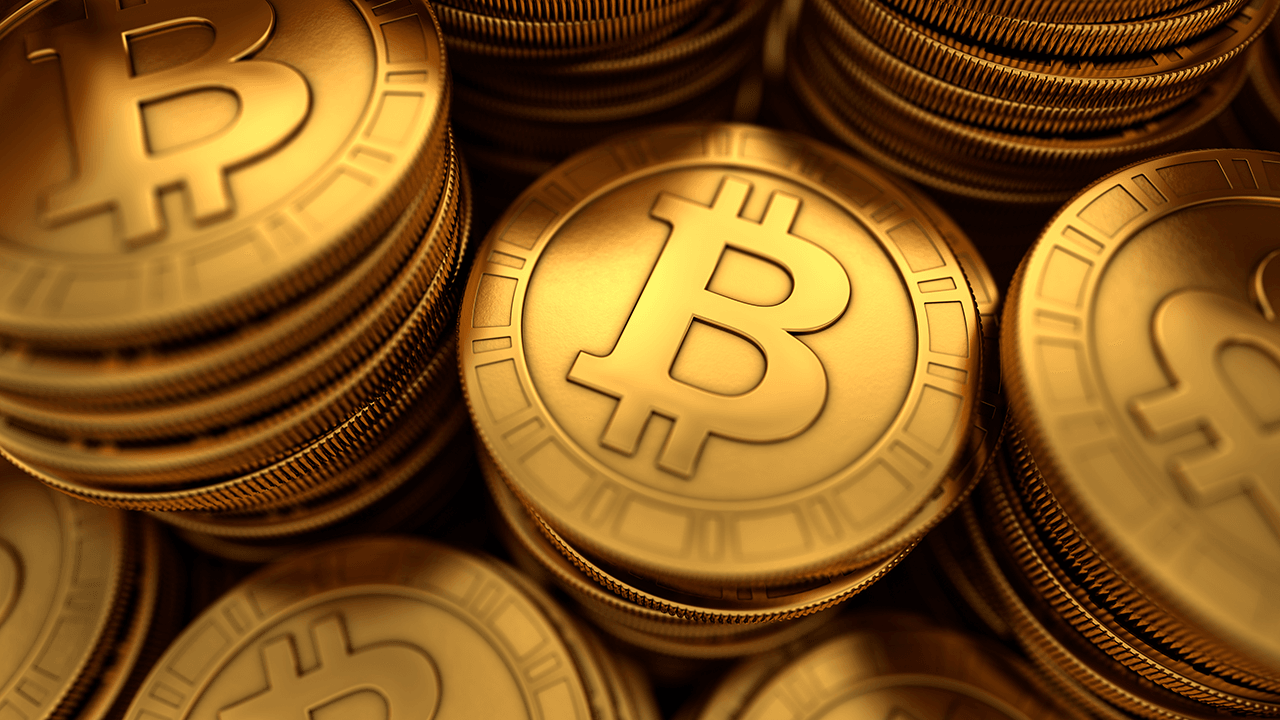
Floyd “Money” Mayweather made headlines last weekend for making light work of Mixed Martial Arts superstar Conor McGregor. But he also made tech headlines recently by endorsing the Hubii Network, an initial coin offering (ICO), on his Instagram and Twitter accounts.
This isn’t the first time Mayweather (who’s dubbed himself Floyd “Crypto” Mayweather) has endorsed an ICO. In late July, he promoted the ICO for the Stox project, which went on to raise more than $30 million in its token sale. (BTW: There are subtle differences between an ICO, a token sale, and a crowdsale, although the terms are often used interchangeably. Search the terms to learn more.)
What Is an ICO?
An ICO is similar to an IPO (initial public offering) in that it offers a certain amount of ownership in a company to the public. In an IPO, a share of stock represents fractional ownership of a corporation. In an ICO, a crypto coin represents a percentage of ownership in pretty much any business endeavor (as described in the ICO’s documentation).
In an IPO, new shareholders hope that the value of their shares will increase over time. In an ICO, investors are hoping that the value of the newly minted crypto coin will increase in value. The major difference is that, as of this writing, there are practically no government rules or regulations that apply to an ICO. So if you want to stage an ICO for _____coin, where your name goes in the blank, go for it!
An ICO is about as easy to do as a Kickstarter project. In that sense, it can make unverified claims about how great the product is or how smart you would be if you invested in it. But there’s nothing stopping the person or team behind the ICO from taking your money and running for the hills. The Cointelegraph reports that phishing, Ponzi schemes, and other scams account for about 10% of ICOs.
How Does an ICO Work?
When you buy “coins” in an ICO, you’re essentially buying digital coupons issued on a blockchain, which you can then trade or hold onto. Critical to understanding how an ICO works is understanding how blockchain works. As I recently wrote:













Leave A Comment